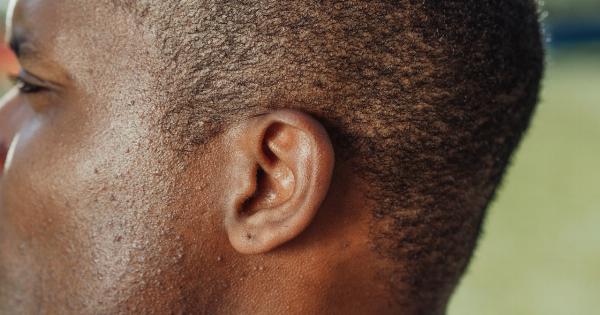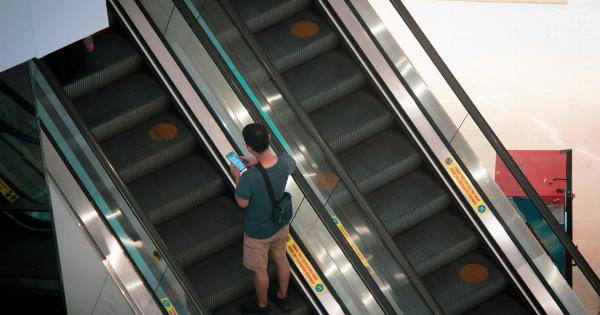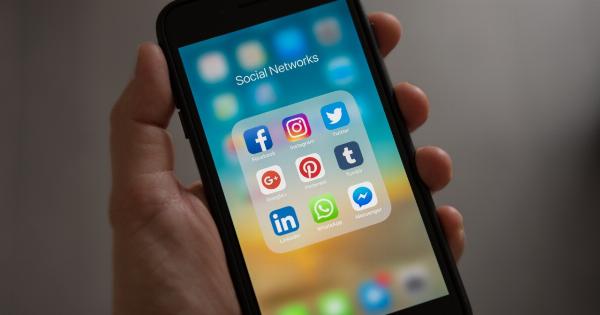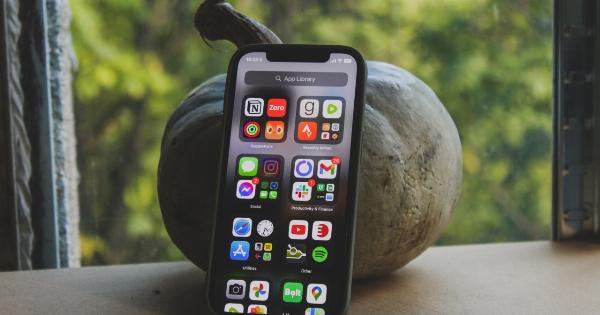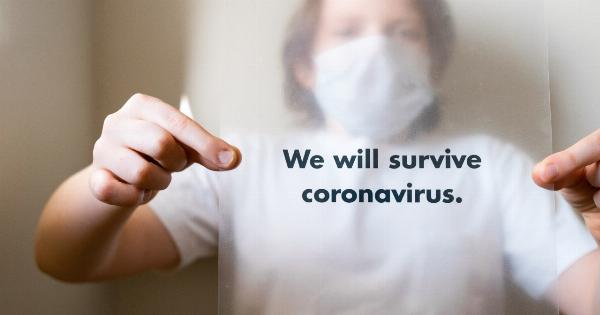Communication is a fundamental aspect of human interaction. It allows us to express our thoughts, share information, and connect with others.
However, for individuals who are speechless or have difficulty speaking, the inability to communicate verbally can be incredibly challenging. Fortunately, advancements in technology have brought forth innovative solutions that provide a voice to those who have been previously voiceless.
This breakthrough technology is revolutionizing the way we communicate and empowering individuals to express themselves fully.
Understanding the challenges faced by the speechless
Being unable to communicate verbally can lead to feelings of frustration, isolation, and limited opportunities for social interaction.
Individuals who are speechless often rely on alternative forms of communication such as sign language, gestures, or writing. However, these methods may not always be effective or efficient, and they can present barriers to effective communication.
Furthermore, individuals with speech impairments may struggle to be understood by others who are unfamiliar with their unique methods of communication. This can lead to misunderstanding, exclusion, and a decreased quality of life.
Therefore, finding a way to give a voice to the speechless has become a crucial area of focus.
Advancements in augmentative and alternative communication (AAC)
Augmentative and alternative communication (AAC) refers to the various methods and tools that can be used to support individuals with communication difficulties.
Traditional AAC methods have included picture-based communication boards, alphabet boards, and electronic devices with pre-programmed phrases or symbols. While these methods have been helpful, they still limit the individual’s ability to express themselves freely and spontaneously.
However, recent breakthroughs in technology have revolutionized AAC by introducing more advanced and customizable solutions.
These technologies leverage the power of artificial intelligence, machine learning, and natural language processing to offer individuals a more dynamic and inclusive means of communication.
Text-to-speech technology
One of the most significant breakthroughs in enabling the speechless to have a voice is the development of text-to-speech (TTS) technology.
TTS converts written text into spoken words, allowing individuals to communicate by typing messages that are then vocalized by a computer-generated voice. This technology has evolved significantly in recent years, with more natural-sounding voices and improved accuracy.
Additionally, TTS technology has become more accessible through the integration of voice assistants found in everyday devices like smartphones and tablets.
These devices enable individuals to communicate on-the-go, breaking down the barriers of traditional AAC methods.
Speech recognition and synthesis
Another groundbreaking technology that has given voice to the speechless is the combination of speech recognition and synthesis. This technology allows individuals to input spoken words or sounds that are then converted into written text.
The text can then be read aloud using speech synthesis technology, essentially transforming spoken language into the written word and vice versa.
Speech recognition and synthesis technology has become increasingly sophisticated, with improved accuracy and the ability to adapt to individual speech patterns.
This breakthrough has not only aided individuals who are speechless but also those with speech impairments by providing a more comprehensive and accurate means of expression.
Brain-computer interfaces (BCIs)
One of the most cutting-edge breakthroughs in assistive communication technology comes in the form of brain-computer interfaces (BCIs).
BCIs enable individuals to communicate directly through neural signals, bypassing traditional methods of communication entirely. By interpreting brain activity, BCIs can translate thoughts into commands, words, or even text on a screen.
This technology holds immense promise for individuals who are completely paralyzed or have severe motor impairments, as it offers a direct means of communication without relying on physical movement or speech.
BCIs are still in the early stages of development, but ongoing research and advancements in neurotechnology are paving the way for a future where the speechless can communicate effortlessly.
Eye-tracking technology
For individuals who are unable to utilize traditional computer input devices such as a keyboard or mouse, eye-tracking technology has emerged as a game-changer.
This technology allows users to control a computer or device using only their eye movements.
Eye-tracking technology can be used to create a virtual keyboard on a screen that can be operated by fixating on individual letters or symbols.
By tracking eye movements, the technology detects where the user is looking and translates their gaze into corresponding commands or text input.
This breakthrough technology has empowered individuals with limited or no physical mobility to communicate effectively, giving them a voice and a way to express themselves independently.
Mobile apps for communication
Mobile applications have played a significant role in improving communication for individuals who are speechless. There are various apps available, specifically designed to enhance communication for those with speech impairments.
These apps cater to different needs and preferences, allowing users to find the best fit for their unique communication requirements.
Many communication apps offer customizable interfaces that can be tailored to individual communication styles or needs.
These apps range from picture-based communication boards to more advanced apps that incorporate natural language processing and predictive text to facilitate faster and more accurate communication.
Importance of personalized and intuitive solutions
While the advancements in technology have undoubtedly provided groundbreaking solutions for individuals who are speechless, it is crucial to recognize the importance of personalized and intuitive solutions.
Each person’s communication needs and abilities are unique, requiring technology to be adaptable and customizable.
By understanding the specific challenges faced by individuals who are speechless, technology developers can create solutions that address those challenges directly.
Customizable interfaces, adjustable speech settings, and adaptive technologies that learn from the user’s input are essential to providing an inclusive and effective communication solution.
Breaking down barriers and empowering individuals
The breakthrough technology discussed in this article has the power to break down barriers and empower individuals who are speechless.
By giving a voice to the voiceless, technology is transforming lives and opening up new opportunities for communication, social interaction, and personal expression.
Through the continued advancement of speech recognition, synthesis, artificial intelligence, and other related technologies, the future looks bright for individuals who have previously struggled to communicate verbally.
As technology continues to evolve, it is our duty to ensure that these advancements are accessible, reliable, and cater to the diverse needs of those who rely on assistive communication technology.




